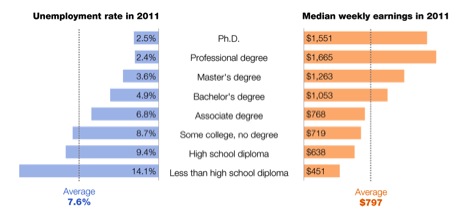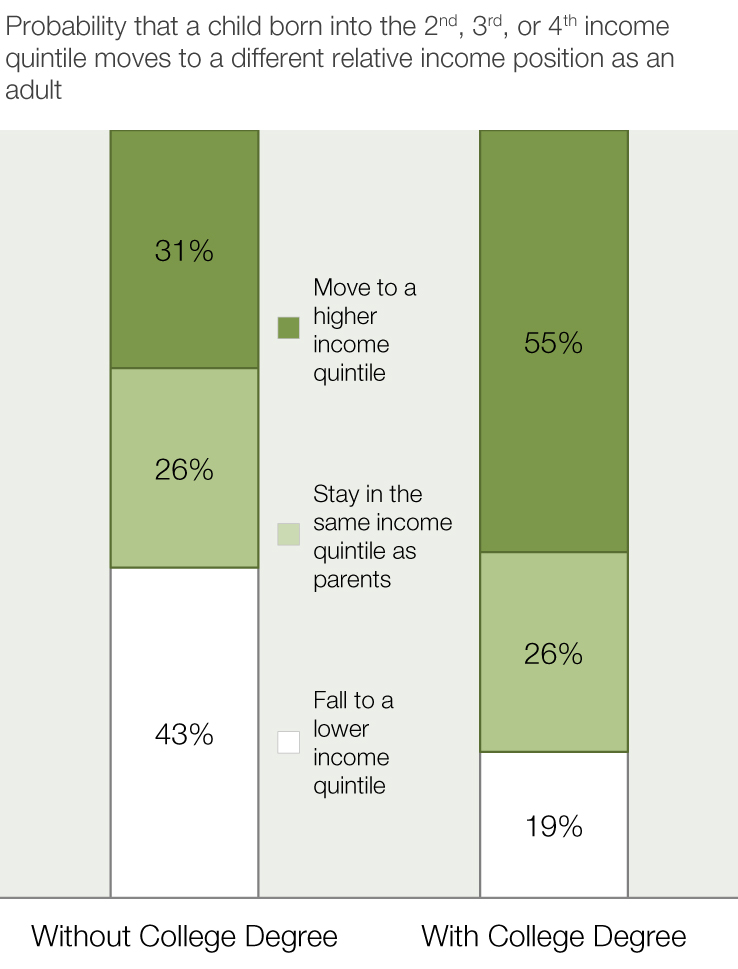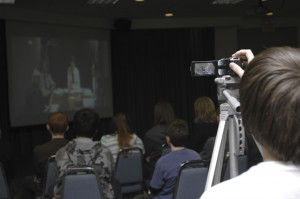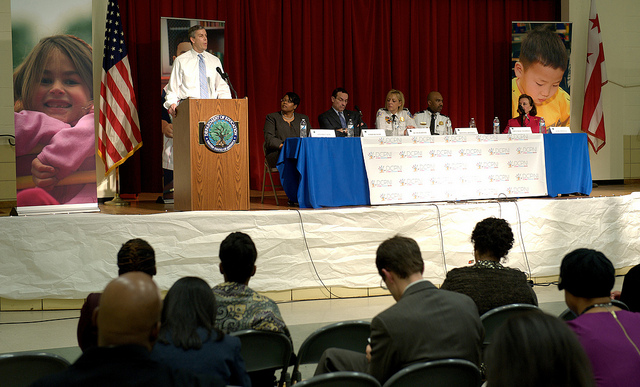
Secretary Arne Duncan spoke on the importance of school safety at a Promise Neighborhoods grant announcement. Official Department of Education photo by Joshua Hoover.
In his first public comments since last week’s Sandy Hook Elementary School tragedy, U.S. Secretary of Education Arne Duncan spoke on the importance of school safety at the Neval Thomas Elementary School in Washington, D.C., at an event where he also announced the 17 winners of the 2012 Promise Neighborhoods $60 million grant fund.
“No one should ever have to go through what [Newtown] is going through,” Duncan said during a speech that was preceded by a moment of silence. “They are strong. They are resilient. They are united. But they will be forever changed,” he said.
On Wednesday, Duncan traveled to Newtown, Conn., to talk privately with teachers and school staff from Sandy Hook Elementary School and to attend the wake for principal Dawn Hochsprung.
“We have to make sure we learn from this awful tragedy as communities and as a nation,” Duncan said during today’s speech. “Every community needs to appraise its values and look at whether the community, parents, business leaders, faith-based leaders, political leaders, and schools are doing all that they can to keep our nation’s children safe from harm.”

Students at Neval Thomas Elementary School in DC perform during today's event. Official Department of Education photo by Joshua Hoover.
Secretary Duncan said that in the coming weeks he is planning to visit schools and communities—in cities, suburbs, and rural areas—to talk about gun control and school safety. On Wednesday, President Obama named Duncan to a task force led by Vice President Joe Biden to identify concrete proposals by January for reducing the epidemic of gun violence.
Promise Neighborhoods
Promise Neighborhoods are cradle-to-career initiatives that call on all parts of the community to provide comprehensive wraparound supports to surround good schools, such as high-quality early learning, rich after-school activities, mental health services, and crime prevention.
More than 200 applicants applied for this round of Promise Neighborhood grants. “The hunger for this kind of work in the nation is huge,” Duncan said.
“So many communities are eager today to provide equal access and support to disadvantaged children. So many communities are desperate to replace the cradle-to-prison pipeline with a cradle-to-career pipeline.”
Promise Neighborhood grants are important, Duncan said, because they engage the entire community—asking everyone to work together and to take responsibility for helping children.
Click here to read more about the announcement and for a list of today’s 17 winners, and read a transcript of Secretary Duncan’s speech.
Cameron Brenchley is director of digital strategy at the U.S. Department of Education



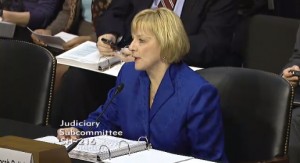


 Secretary Duncan talks with students at PS 38 during a visit to Staten Island on Thursday. Photo by Andy Kropa for the U.S. Department of Education.
Secretary Duncan talks with students at PS 38 during a visit to Staten Island on Thursday. Photo by Andy Kropa for the U.S. Department of Education.


